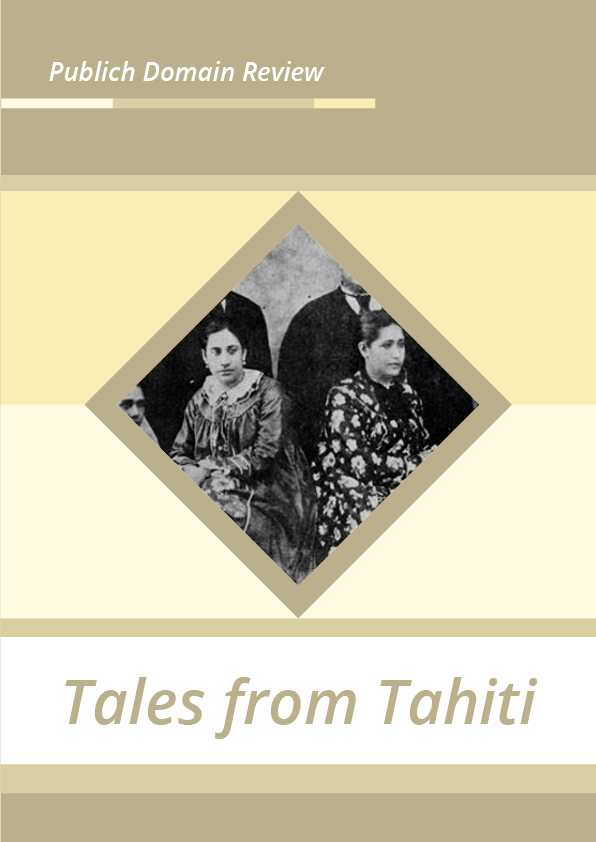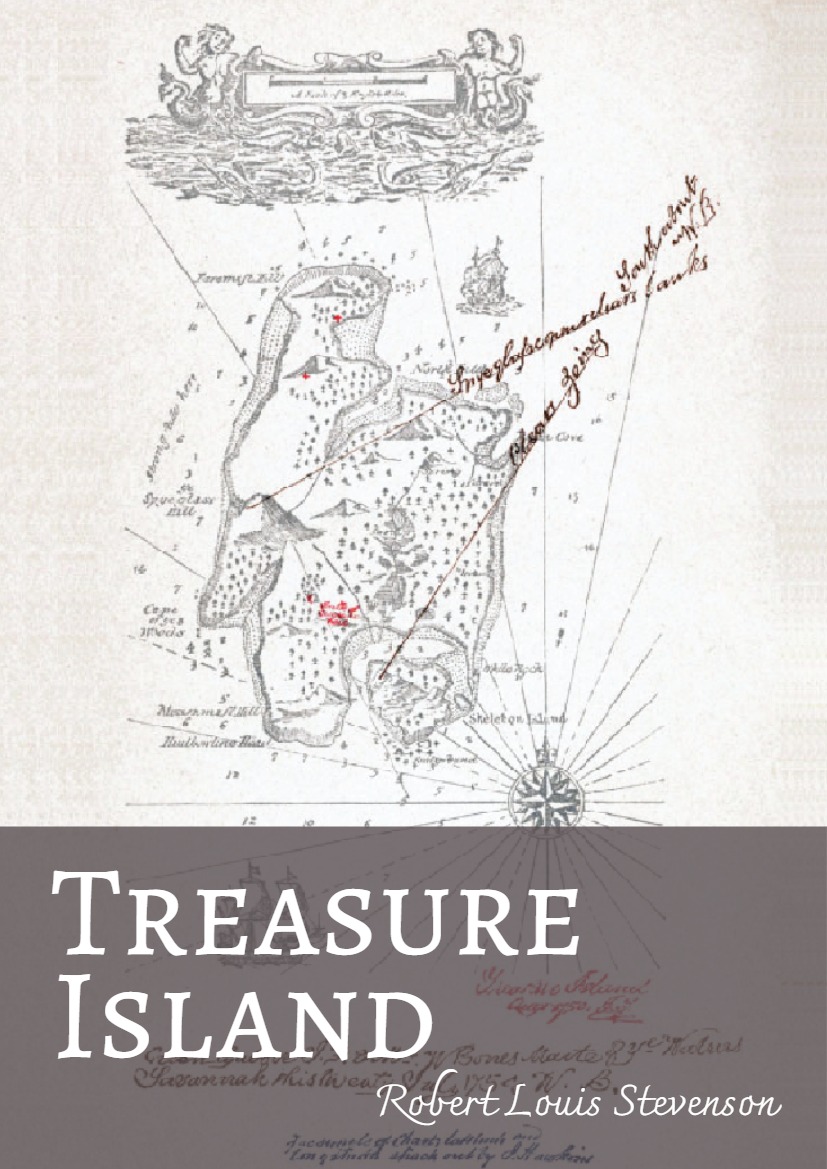In 1890, Henry Adams – the historian, academic, journalist, and descendent of two US presidents – set out on a tour of the South Pacific. After befriending the family of “the last Queen of Tahiti,” he became inspired to write what is considered to be the first history of the island. Through Adams’ letters, Ray Davis explores the story of the book’s creation.
The book variously titled in its two small self-published editions Tahiti, Memoirs of Marau Taaroa, or Memoirs of Arii Taimai was a collaboration between the American historian Henry Adams and two Queens of Tahiti: Arii Taimai (positioned as the first-person narrator of the work) and her daughter, Marau Taaroa.
After his wife’s suicide in December 1885, Adams lost himself in the massive job of finishing his history of the Jefferson and Madison administrations. After it was done, he came close to losing himself in nothing at all. In 1890, he set out with a friend, the fashionable painter John La Farge, for an indefinite voyage into the Pacific. His purported list of goals included tracking down and sampling the legendary durian fruit, following his friend Clarence King’s example and falling madly in lust with exotic native girls, and attaining Enlightenment.
Predictably, all these pseudo-hopes were frustrated: the durian was a “shameful disgrace to humanity” (although the mango and mangosteen comforted), and intellectual bemusement ran stronger than either bodily or spiritual lust. But the unspoken purpose — to somehow re-learn survival — was gained: Adams started the trip in an almost catatonic depression and ended it sparkling with bitches and moans in high pissant form.
During the travellers’ five months in Tahiti, Adams grew bored with passive tourism:
Lovely as it is, it gets on my nerves at last — this eternal charm of middle-aged melancholy. If I could only paint it, or express it in poetry or prose, or do anything with it, or even shake it out of its exasperating repose, the feeling would be a pleasant one, and I should fall in love with the very wrinkles of my venerable and spiritual Taïtian grandmother; but when one has nothing else to look at, one rebels at being forever smiled upon by a grandmother whose complexion is absolutely divine, and whose attitude indicates the highest breeding, while she suggests no end of charm of conversation, yet refuses to do anything but smile in a sort of sad way that may mean much or mean nothing. Either she or I come near to being a fool.
After searching the coral reef for confirmation or refutation of Darwin, he became close friends with the family of “the last Queen of Tahiti,” Marau Taaroa:
… she is greatly interested in Taïti history, poetry, legends and traditions, and as for ghost-stories, she tells them by the hour with evident belief…. She always seems to me to be quite capable of doing anything strange, out of abstraction; as she might mistake me for her small child, and sling me on her arm without noticing the difference, such as it is, in size…..











